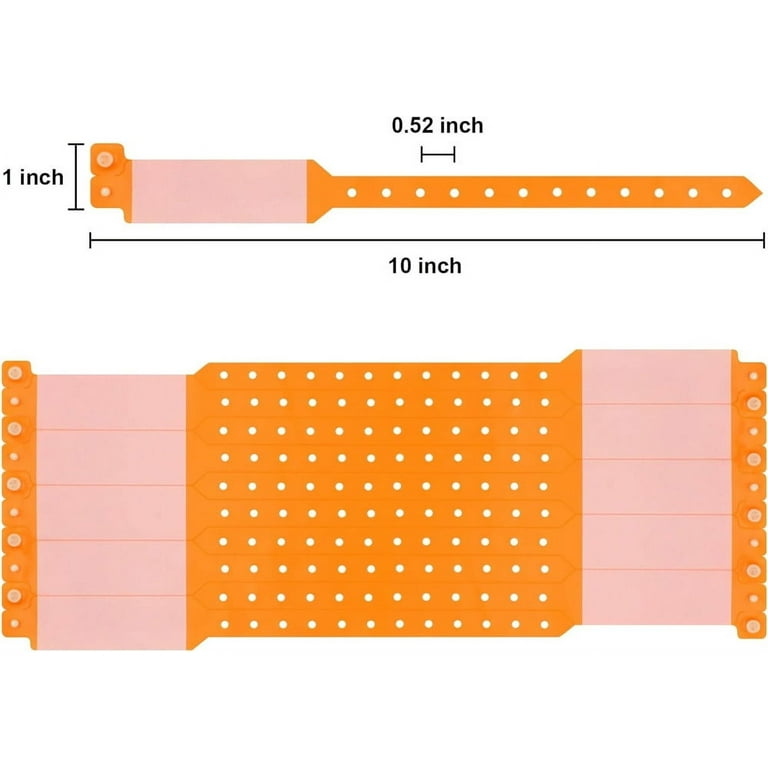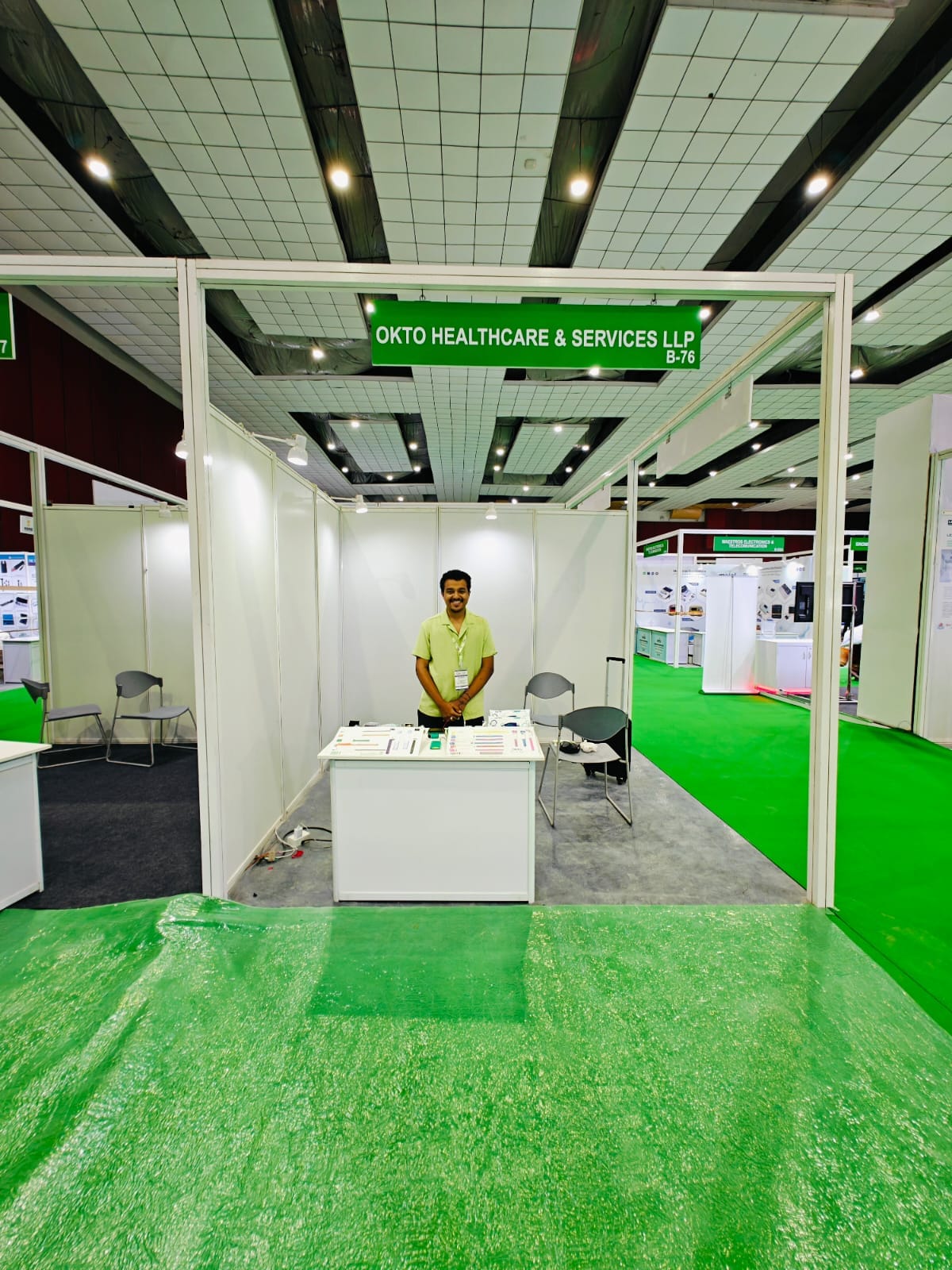Patient Identification Band: A Must-Have for Streamlined Hospital Workflow
Patient Identification Band: A Must-Have for Streamlined Hospital Workflow
Blog Article
Improving Patient Care With Effective Recognition Bands
The implementation of reliable recognition bands is an essential element in boosting patient treatment within health care setups. These bands not only offer to reduce the threats related to individual misidentification yet likewise simplify communication amongst medical personnel, consequently fostering a much safer setting. Various kinds of recognition bands accommodate particular demands, from resilient wristbands for grownups to specialized bands for babies and vital cases. As the landscape of individual recognition evolves, one must consider the implications of these systems on overall medical care distribution and person results. What innovations await in this important location?
Relevance of Person Identification
Making certain precise client identification is crucial in health care setups, as it directly affects the safety and top quality of treatment offered. Misidentification can cause significant errors, consisting of providing the wrong medication, doing wrong procedures, or miscommunicating vital client details. Such mistakes not just threaten client safety yet can likewise result in lawful implications and reduced count on healthcare systems.
Effective client identification is basic to developing a safe atmosphere where individuals obtain individualized and proper treatment. It assists in the precise documents of medical backgrounds, allergic reactions, and therapy strategies, guaranteeing that healthcare companies have accessibility to crucial information at all times. In addition, robust identification procedures help streamline interaction among clinical personnel, enhancing collaboration and minimizing the threat of blunders.

Sorts Of Recognition Bands
Recognition bands play a vital duty in preserving accurate client records and improving security within health care environments. Various sorts of recognition bands are made use of to satisfy the certain requirements and demands of different person populaces.

Another type is the ankle joint band, which is particularly valuable for infants and babies, guaranteeing that recognition stays undamaged even throughout care treatments. Specialized bands, such as those for allergic reaction notifies or fall danger signs, provide extra layers of safety by attracting instant attention to critical patient conditions.
Recently, digital identification bands have actually gotten popularity, including barcodes or RFID modern technology that can be checked to promptly fetch patient information. These bands streamline workflows and decrease the danger of human mistake during individual identification processes.
Benefits of Effective Recognition
Efficient identification of people with the use of recognition bands adds substantially to general client safety and care high quality. By making sure that each patient is properly identified, doctor can successfully match clinical therapies and treatments to the right person, minimizing the threat of errors. This is specifically vital in settings with high patient turnover, where the possibility for misidentification is higher.
Moreover, efficient identification bands improve communication among health care teams. Exact and clear person identification fosters partnership and ensures that all group members know a patient's details demands and medical history. This interaction is crucial for supplying coordinated care, specifically in emergency circumstances where time is important.

Ultimately, reliable recognition with making use of identification bands not only safeguards patients but likewise advertises a society of security within medical care facilities (Patient Identification Band). By prioritizing exact recognition, medical care organizations can improve outcomes and boost the total individual experience
Implementing Recognition Solutions
While the importance of client recognition is well identified, the application of durable recognition systems poses a complicated obstacle for medical care companies. Establishing effective identification systems requires a detailed method, incorporating modern technology, workers training, and process integration.
First, organizations should choose ideal identification technologies, such as barcode scanning, RFID, or biometric systems. Patient Identification Band. These modern technologies need to be assessed based on cost, usability, and compatibility with existing infrastructure. A pilot program can help identify potential problems before major application
Following, detailed training for team is vital. All employees must recognize the importance of precise individual identification and excel in using the picked technologies. Normal training updates and analyses can reinforce ideal practices and guarantee continued compliance.
Additionally, medical care organizations should develop standard procedures for individual identification throughout all departments, improving and lessening disparities interaction. Routine audits can aid identify gaps in adherence to these procedures.

Eventually, an effective implementation of recognition systems not just boosts patient safety and security but also cultivates a society of accountability and persistance within health care settings, making sure reputable and constant client treatment.
Future Trends in Individual Recognition
Advancements in technology are readied to reinvent individual identification practices in healthcare settings. The integration of biometric recognition methods, such as fingerprinting and facial recognition, is anticipated to improve accuracy and security. These modern technologies can substantially decrease the risk of misidentification, making certain that people obtain the right treatments and drugs.
Furthermore, the execution of blockchain technology for person records is obtaining traction. This decentralized strategy can give a tamper-proof and protected approach for handling patient identifications, thus simplifying access to critical details throughout various medical care providers.
An additional pattern is the raising use mobile wellness applications that utilize QR codes for individual recognition. These applications enable real-time updates and very easy accessibility to individual data, equipping medical care professionals to make educated choices promptly.
In addition, man-made knowledge (AI) is positioned to play a vital function in assessing client recognition information, determining patterns, and predicting prospective recognition mistakes before they take place.
As these modern technologies evolve, they promise not only to enhance person safety however additionally to boost the overall effectiveness of health care shipment systems. Accepting these developments will be vital for future-proofing Related Site client care methods.
Final Thought
In final thought, efficient identification bands are necessary for improving individual security and care high quality within healthcare settings. By reducing the risks connected with misidentification, these bands facilitate precise and timely information access, ultimately improving communication amongst his explanation medical care companies. The implementation of robust recognition systems not only promotes a culture of safety but additionally settings health care organizations to adapt to future trends in patient identification innovation, making sure optimal outcomes for people in varied professional atmospheres.
As the landscape of client recognition progresses, one should take into consideration the ramifications of these systems on overall health care delivery and client end results.Effective client recognition is fundamental to developing a protected environment where individuals receive personalized and ideal care. Inevitably, prioritizing reliable individual identification approaches not just promotes a society of safety yet also adds to improved client outcomes and general complete satisfaction with medical care services.
Effective recognition of clients via the use of identification bands adds significantly to total patient security and care top quality. The implementation of durable identification systems not just fosters a society of safety however additionally positions healthcare establishments to adapt to future trends in individual recognition technology, making certain ideal end results for patients in diverse clinical environments.
Report this page